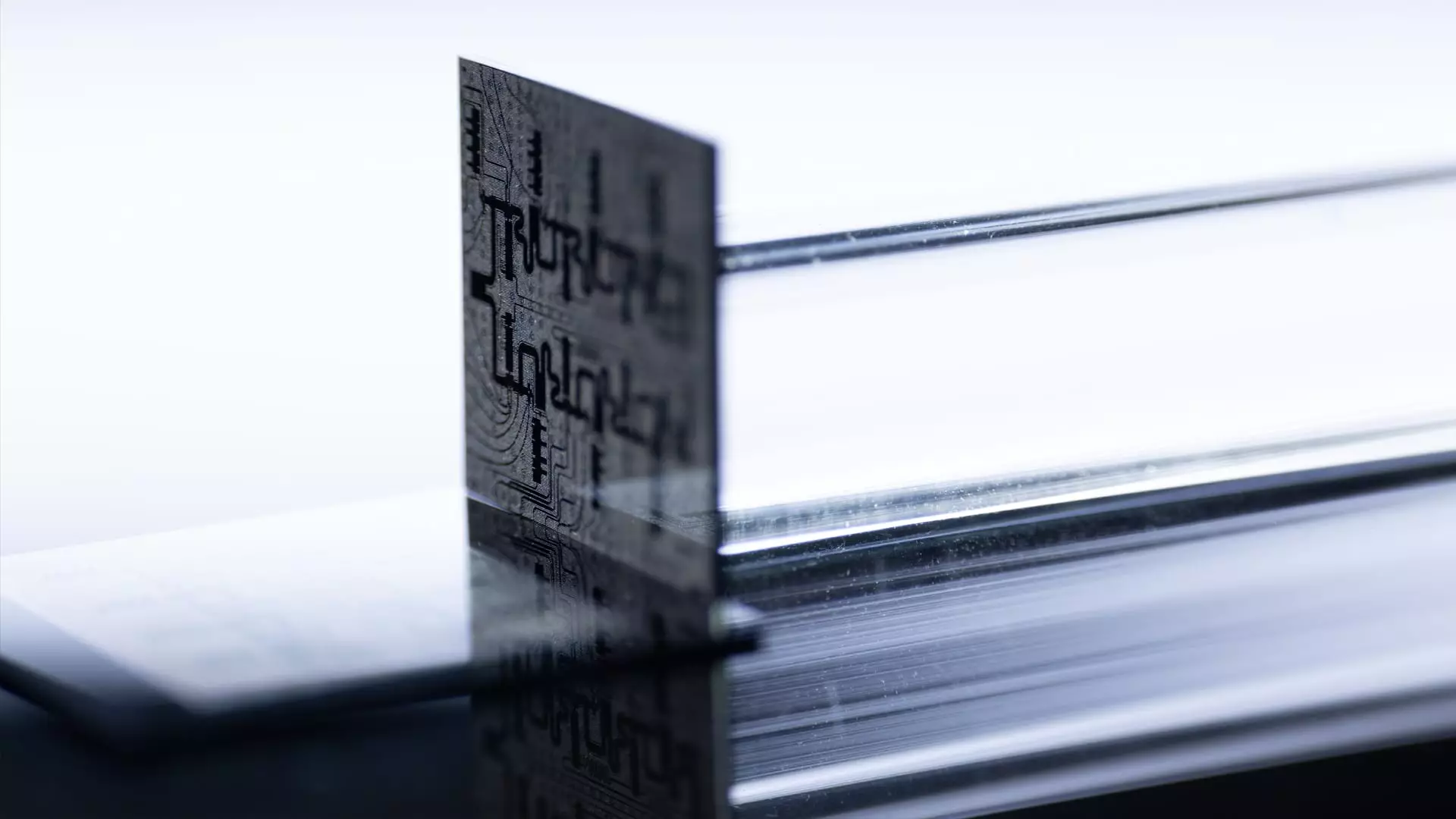The realm of quantum computing continues to achieve remarkable breakthroughs, and Amazon has recently joined the fray with the announcement of its inaugural quantum chip, dubbed Ocelot. This significant development arrives on the heels of recent initiatives from other tech giants, notably Microsoft’s unveiling of its own quantum processor. As the landscape of quantum technology unfolds, the implications of Ocelot mark a pivotal moment for Amazon and the broader tech ecosystem, illustrating both the potential and challenges associated with quantum advancements.
The introduction of the Ocelot chip is not merely a competitive stride for Amazon; it represents the company’s strategic intent to assert its presence in the rapidly evolving field of quantum computing. The architecture of Ocelot has been crafted to enhance the efficiency of upcoming quantum hardware systems. According to Amazon’s leaders in quantum technology, Fernando Brandão and Oskar Painter, the envisioned scalability of this chip could significantly reduce resources required for achieving a fully operational quantum computer. They emphasize that it may take only a fraction—one-tenth—of the resources typically necessary for existing technologies, thereby expediting the journey towards practical quantum capabilities.
Despite the enthusiasm surrounding Amazon’s advances, the field of quantum computing is still fraught with challenges. While the U.S. Defense Advanced Research Projects Agency (DARPA) has invested heavily into this domain for over two decades, the transition from theory to practical application has progressed at a sluggish pace. Experts like Peter Barrett of Playground Global pinpoint one of the fundamental issues: the scalability of qubits. For quantum computers to handle complex problems effectively, they must possess a sufficient number of qubits. Currently, Amazon’s Ocelot features just nine qubits, a stark contrast to Google’s Willow—which stands as the market leader with 105 qubits—and Barrett’s assertion that a million qubits will be critical for reliability and error correction.
As Amazon and Microsoft vie in the quantum arena, the competitive landscape is quickly intensifying. AWS has previously enabled developers to explore quantum computing through its Amazon Braket service, which connects users with a variety of quantum computing solutions from external partners like IonQ and Rigetti Computing. In this manner, Amazon is not only focusing on in-house development through Ocelot but also encouraging collaboration within the quantum ecosystem. As Painter noted, the ambitious aim to construct a million-qubit system will likely necessitate partnerships with established semiconductor manufacturers, highlighting the complex interplay between in-house innovation and collaborative growth.
Looking forward, industry projections regarding the commercialization of quantum technology yield a mix of optimism and realism. Insights from prominent figures in the tech sector, such as Nvidia’s CEO Jensen Huang and Meta’s Mark Zuckerberg, illustrate a general consensus that viable applications for quantum computing might still be a decade or more away. This notion resonates with the cautious but hopeful perspective that permeates discussions around quantum development. While strides like the Ocelot chip signal progress, many experts caution against expecting immediate practical applications, instead advocating for a long-term view on the maturation of quantum technology.
One of the critical challenges that quantum computing faces is error correction—a fundamental requirement for reliable computation. Amazon’s Ocelot aims to address this issue head-on, an endeavor it shares with other players in the market, including Google. As Painter elaborates, the continuous refinement of qubit assembly techniques that bolster error resistance is paramount to the advancement of the technology. The consensus among quantum researchers is clear: overcoming error rates is essential to enable commercial workloads on quantum systems—an ambition that appears to be at least ten years down the line.
Amazon’s foray into quantum computing via the Ocelot chip marks a definitive moment in the ongoing evolution of technology. While promising leaps forward have been made, the complex challenges ahead necessitate a patient and collaborative approach to research and development. As this emerging field continues to stray into uncharted territory, both Amazon and its competitors must balance optimism with recognition of the hurdles that await. Ultimately, the journey toward a practical quantum computing future is filled with uncertainties, yet the pursuit remains one of the most exhilarating undertakings in contemporary technology.

